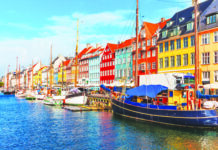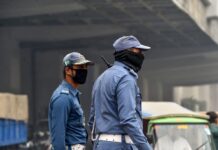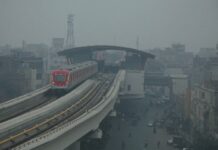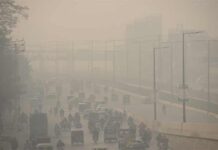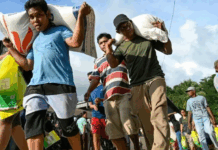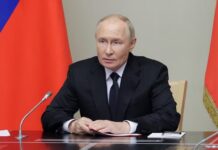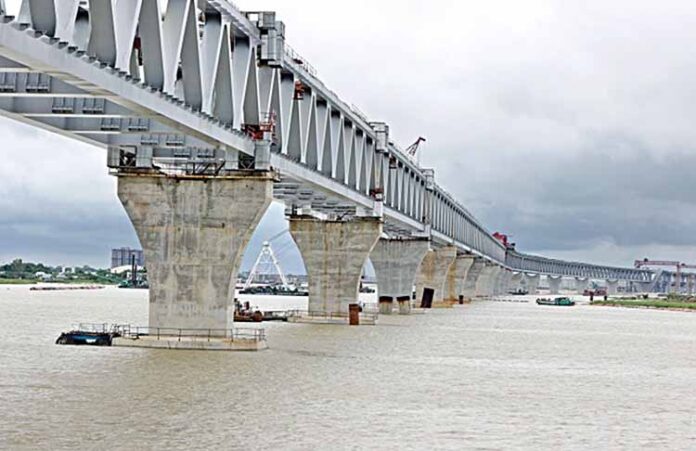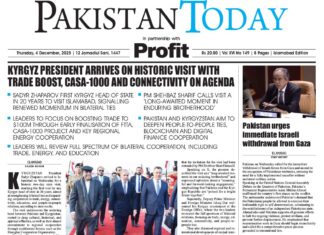The prerequisite for the development of different regions of a state is to build an improved communication system for those regions. In the 1980s and 1990s, special efforts were made to develop the overall communication system of Bangladesh. Along with the development of the country’s road system, there is a need to build bridges over large rivers. A 4.8 km long Bangabandhu Bridge was constructed over the river Jamuna for easy communication between the capital and the eastern part of the country with the northern and north-western parts of the country.
The plan was to build a bridge over the Padma River to establish a developed and uninterrupted road and rail link between the south and south-west of Bangladesh, including the capital, and the eastern part of the country. The project was later considered technically and economically feasible after the feasibility study of the Padma Bridge was completed in 2005 with the assistance of the Japanese government. Meanwhile, Prime Minister Sheikh Hasina laid the foundation stone of the bridge in Mawa on 4 July 2001, towards the end of her first term.
When she came to power f6r the second term on 8 January 2009, dhe took steps to speed up the work of the Padma Bridge project. This project was declared the highest priority project. Monsell-Ecom, a US-New Zealand-Australia-based consulting firm, has been hired as a design consultant. A loan agreement of $1,200 million was signed with the World Bank, $615 million with ADP, and $430 million with JICA to finance the project. A $140 million loan agreement was also signed with the Islamic Development Bank. According to the revised DPP, the project cost has been estimated at Tk 20.5 trillion or $2,982 million. The Government of Bangladesh will bear the additional amount (approximately $617 million) of the loan pledged by the development partners.
Today the Padma Bridge is visible. The bridge of pride stands today. As a result of the construction of the Padma Bridge with its own money, the economic potential and image of Bangladesh have been established all over the world. A bold decision by the Prime Minister has earned him international recognition as a self-confident, determined statesman. Bangladesh’s economic progress, continuous GDP growth, and improvement of Bangladesh’s position in various social indicators are recognaized internationally today. The sacrifices made by the Prime Minister for this bridge, the success of the implementation of the Padma Bridge project have made that sacrifice justified
During the tender evaluation of these works of the project, in some cases, there were disagreements with the World Bank team, but they were resolved through discussions and correspondence. But a vested interest in the valuation of the supervisory consultancy falsely complained to the World Bank’s Vice Presidency of Integrity in an email. The World Bank further accused Communications Minister Syed Abul Hossain that his business, Saco International, had approached pre-qualified contractors to become local agents.
Due to the persistence of the Prime Minister and his denial of the allegations, the arrow of accusations was gradually thrown at his family members, ministers, advisers, and secretaries. The World Bank filed a complaint with the Royal Canadian Mounted Police (RCMP) alleging corruption against Canadian consulting firm SNC Lavalin. After investigation, RCMP filed a case in a Canadian court against some officials of the organization, a Bangladeshi Canadian citizen and a former state minister of Bangladesh.
On June 26, 2012, the outgoing President of the World Bank, Robert Zellick, canceled the loan agreement for the Padma Bridge.
Meanwhile, in a cabinet meeting in July 2012, the Prime Minister decided that the government would build the Padma Bridge with its own funds. Despite the reluctance of the Prime Minister, a number of ministers and advisers led by the finance minister took the initiative to bring the World Bank back to the Padma Bridge project. For this, the government has to fulfill some difficult and unethical conditions
The World Bank has not returned to work on loan suspension and stalled the Padma Bridge project as promised. Work after condition continues to be delayed. Later, the Prime Minister gave the World Bank time till 31 January 2013, to return to the Padma Bridge project. Finally, the Prime Minister rejected the loan from the World Bank and announced the construction of the Padma Bridge with her own funds. After further investigation, the ACC released all the accused from the case in September 2014. In 2016, the Canadian Superior Court also dismissed the case on the basis of “baseless” information. Bangladesh is free from stigma. The Prime Minister’s ‘challenge’ is won. The conspiracy against Bangladesh failed.
After finalizing the tender process, the bridge authority issued work orders to the main bridge, river management, and supervision consultancy contractors. In December 2015, the Prime Minister inaugurated the construction of the bridge. The first span of the bridge was laid on the river in 2016. After the last span was installed on 10 December 2020, the work of laying roads and railways started. Work began on laying concrete road slabs and railway slabs on the span of the bridge. 2,918 roadway slabs and 2,959 railway slabs have been completed on the 6.15 km bridge. Roadway carpeting is now underway.
As of 31 October, the actual progress of the main bridge is 95 percent and the financial progress is 91.28 percent. The actual progress of river governance is 6 percent and the financial progress is 7.36 percent. The work of connecting the road and service area has already been completed. Mawa and Jazira viaducts have 438 super tee girders and 64 railway eye girders (that is, 100 percent). The road bridge is planned to be opened for traffic in June 2022 after the completion of carpeting, lighting, and other ancillary works.
The Padma Bridge will be an aesthetic two-story bridge. Rail and cars and other vehicles will run on the bottom. With the launch of this bridge, communication with 21 districts of the southern region will be easier.
According to the economic impact analysis of the Padma Bridge, the construction of the bridge will facilitate communication, expansion of trade and commerce, and the establishment of small and medium enterprises in the south, the country’s GDP will grow 1.2 percent a year and the southern GDP can grow at 2.5 percent.
The construction of the bridge will improve the integrated communication system of the country. Mawa-Bhanga-Jessore-Khulna rail link will be established from Dhaka. Khulna, Mongla, Barisal, Kuakata. Economic Corridor will be established from Dhaka. The southern part of the country will be connected with Trans-Asian Highway (N-6) and Trans-Asian Railway. Direct communication with India, Bhutan, and Nepal will be established and transportation of passengers and goods will be facilitated. With the establishment of new economic zones and high-tech parks, domestic and foreign investment will be attracted and industrialization of the country will be accelerated.
The tourism industry will be greatly improved and new resorts and hotels, shopping malls, businesses, etc. will be set up in Mawa and Jazeera. The ports of Mongla and Payra will be operational, which can be used by a few neighboring countries. According to the 2010 estimates, the traffic can be doubled if the bridge is opened at the place where 12,000 vehicles pass through the Padma River daily, and the number of vehicles will increase by 6-7 percent every year and by 2050, 6,000 vehicles will run daily.
However, this number may increase. This is because, before the construction of the Jamuna Bangabandhu Bridge, the estimated traffic flow over the bridge was estimated, but now, after about 23 years, there is more traffic. The economic impact has also been higher than expected. Toll collection from vehicles plying on the bridge is increasing day by day. The toll money collected from the Padma Bridge may increase the cost of construction of the bridge in 30-35 years.
The bold decision to build the Padma Bridge with its own funds has also brought about a positive change in the attitude of development partners and countries. Development partners, including the World Bank, realize that they have made a mistake in withdrawing from the Padma Bridge project. Now development partners are investing in bigger projects in Bangladesh. Japan is providing loans for mega projects such as Metrorail, Matarbari deep seaport, and power plants. The experience of implementing the Padma Bridge project has made the Bangladesh government, experts, and engineers confident in implementing big projects. Currently, 10-12 mega projects are running in the country, and,in fact, the Padma Bridge project is the pioneer of it.
Today the Padma Bridge is visible. The bridge of pride stands today. As a result of the construction of the Padma Bridge with its own money, the economic potential and image of Bangladesh have been established all over the world. A bold decision by the Prime Minister has earned him international recognition as a self-confident, determined statesman. Bangladesh’s economic progress, continuous GDP growth, and improvement of Bangladesh’s position in various social indicators are recognaized internationally today. The sacrifices made by the Prime Minister for this bridge, the success of the implementation of the Padma Bridge project have made that sacrifice justified.


